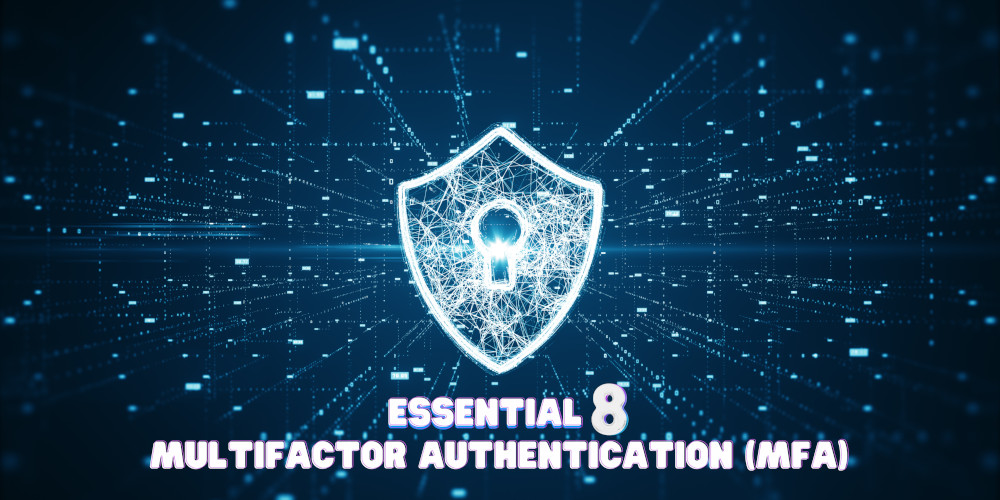In today’s digital world, small businesses face a growing onslaught of cyber threats, with the potential for significant financial and reputational harm looming large. Within this landscape, the Australian Cyber Security Centre’s Essential Eight strategies emerge as a beacon of guidance, with Multi-Factor Authentication (MFA) standing as its critical third component. This article dives deep into MFA, an essential layer of defence that extends beyond mere passwords, demanding additional verification that thwarts unauthorised access. By adopting MFA, you’re not just adding a security measure; you’re embracing a foundational principle of the Essential Eight to fortify your business against increasingly sophisticated cyber-attacks. Let’s explore how this powerful tool can be your ally, securing your digital assets against the backdrop of an ever-evolving threat landscape.
Importance of Multi-Factor Authentication:
- Enhanced Security: MFA significantly reduces the risk of unauthorised access by requiring multiple forms of identification.
- Phishing Resistance: Implementing MFA methods resistant to phishing attacks adds an extra layer of protection, reducing vulnerabilities.
- Credential Theft Prevention: MFA makes it challenging for cybercriminals to use stolen credentials effectively, thwarting their attempts.
Unlocking Enhanced Security: Navigating Multi-Factor Authentication (MFA) Choices for Your Business
In today’s digital age, safeguarding your business’s online assets is more critical than ever. Multi-Factor Authentication (MFA) stands out as a powerful shield, demanding two or more verification factors to confirm a user’s identity. These factors include something you know (like a password), something you have (like a security key), and something you are (like a fingerprint). This multi-layered approach significantly bolsters your defence against unauthorised access attempts.
But with various MFA methods available, how do you choose the right one for your business? The decision should be tailored to your specific security requirements and operational context. Each authentication method brings its unique strengths to the table, ensuring that your choice effectively balances security with user convenience.
Let’s dive into the world of MFA to understand the options at your disposal and how they can fortify your business against cyber threats.
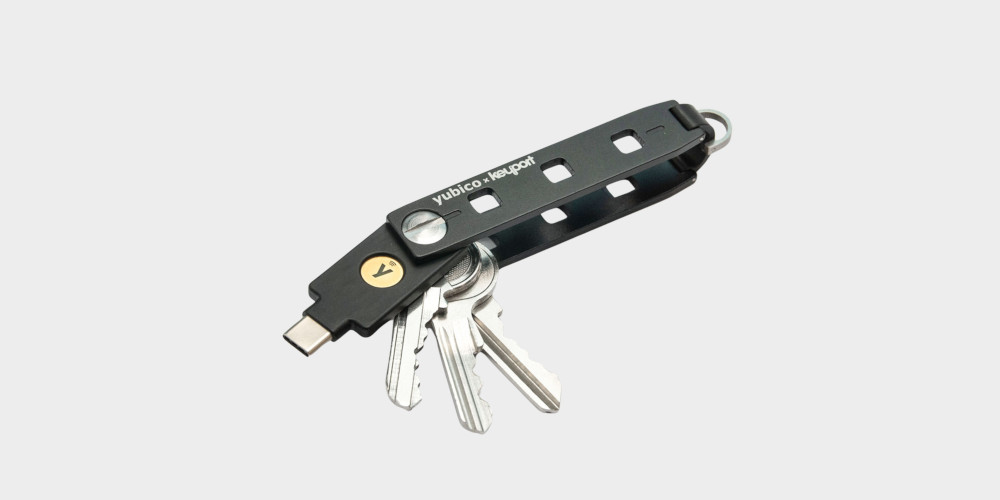
Security Keys:
What They Are: Security Keys: Physical devices that provide secure authentication through public key cryptography.
Why Use Them: Ideal for high-security requirements such as remote access solutions.
Example: Employees use a physical USB device (security key) to authenticate their identity, providing a robust defence against unauthorised access.
Security Considerations: Ensure physical security of the keys; loss or theft can lead to unauthorised access if not quickly mitigated through revocation of the keys’ access privileges.
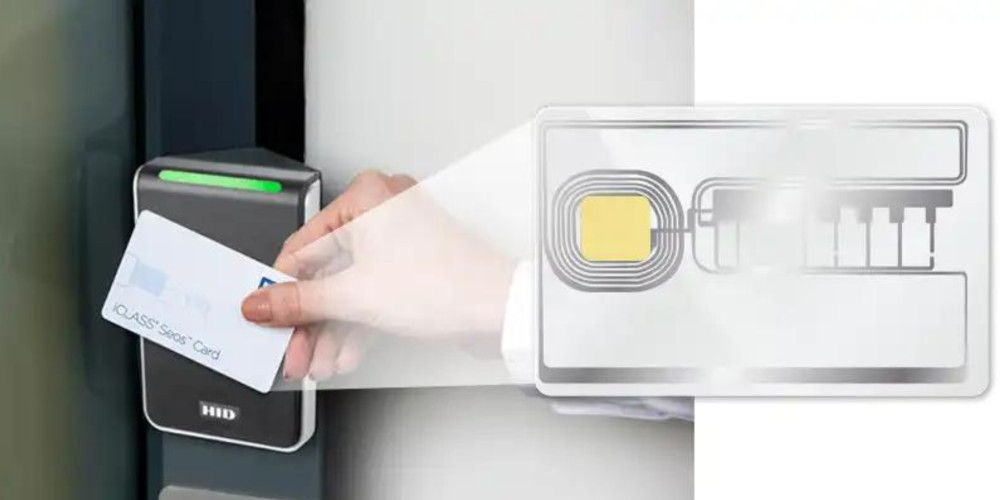
Smart Cards:
What They Are: Cards that use a private key stored on the card for authentication.
Why Use Them: Best suited for sectors with stringent security requirements like government and finance.
Example: Employees use a smart card and PIN for two-step verification to access secure systems.
Security Considerations: Physical security of the cards is crucial, as lost or stolen cards can be exploited if PINs are compromised or guessed.
Software Certificates:
What They Are: Authentication using a device’s Trusted Platform Module, combining a passphrase with a private key.
Why Use Them: Common for secure login to networks or sensitive applications.
Example: Utilising Windows Hello for Business, employees authenticate with a software certificate stored in a TPM for secure access.
Security Considerations: Certificates must be properly managed and updated to prevent exploitation; revocation lists must be maintained to ensure compromised certificates cannot be used.
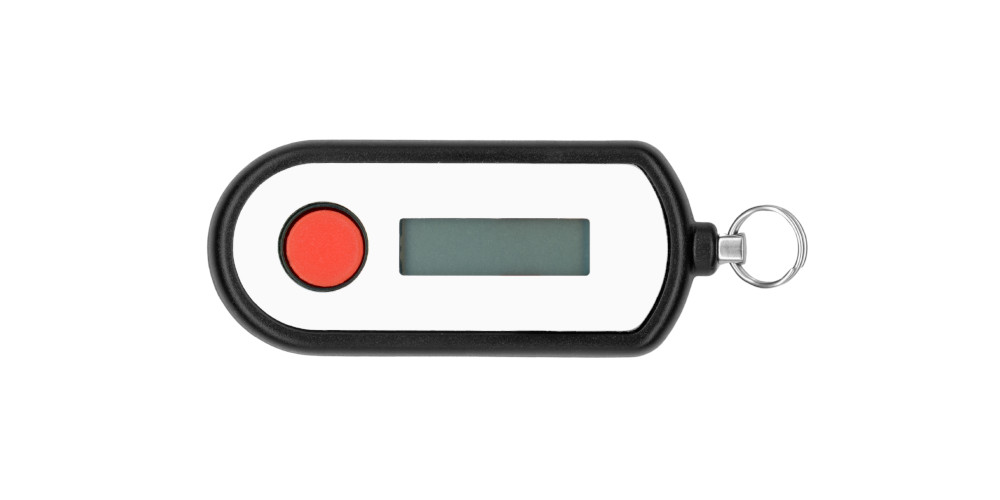
Physical OTP Tokens:
What They Are: Devices that generate a time-limited, one-time password.
Why Use Them: Useful for secure, one-time access to critical systems.
Example: Employees use a physical device that generates time-limited OTPs for an added layer of security.
Security Considerations: Like with security keys, the physical security of OTP tokens is essential. Additionally, systems should be in place to quickly revoke access if a token is reported lost or stolen.

Mobile Apps:
What They Are: Applications on smartphones generating time-sensitive authentication codes.
Why Use Them: A cost-effective solution for businesses with mobile device users.
Example:Employees install an authenticator app on their smartphones, using codes for authentication.
Security Considerations: Ensure mobile devices are secure and up to date to prevent malware from capturing OTPs. Educate users on the importance of securing their mobile devices with strong passwords, biometrics, and keeping the software up to date.
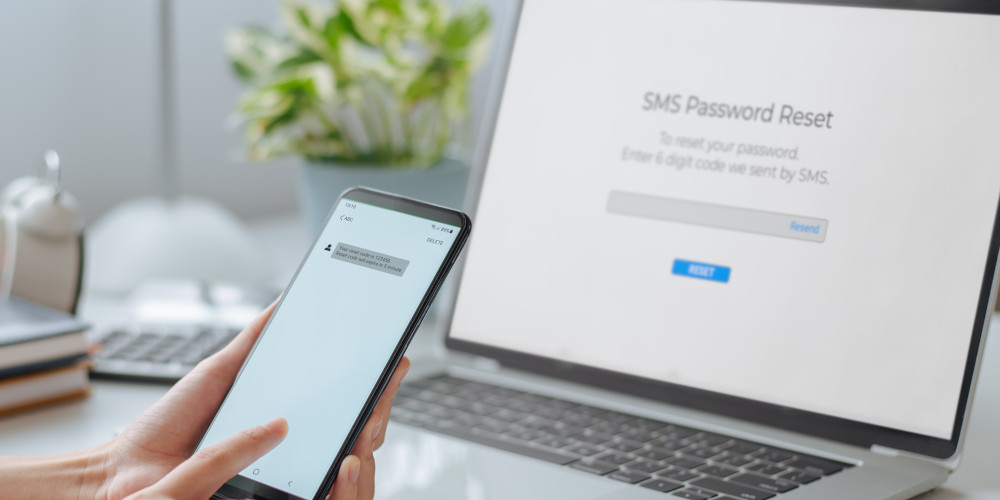
SMS, Emails, or Voice Calls:
What They Are: Methods that send a one-time code via SMS, email, or voice call.
Why Use Them: Convenient for a user-friendly MFA option, though with potential vulnerabilities.
Example: Users verify their identity during login by receiving a one-time code through their chosen method.
Security Considerations: Vulnerable to interception (e.g., SIM swapping for SMS). Use as part of a layered security approach or for non-critical access. Consider stronger methods for sensitive information.

Biometrics:
What They Are: Authentication methods using unique biological traits, like fingerprints or iris scans.
Why Use Them: Ideal for devices with built-in biometric scanners for enhanced security.
Example: Employees use biometric recognition (fingerprint or facial) on smartphones to access company applications securely.
Security Considerations: Ensure the storage of biometric data is secure and complies with privacy regulations. Be aware of limitations and potential for false positives/negatives and have alternative authentication methods available.
Best Practices for Secure Implementation:
To ensure seamless integration, consider the following best practices:
- User Education: Conduct workshops to educate employees about the importance of MFA and how to use different methods securely.
- Gradual Implementation: Introduce MFA gradually, starting with less sensitive systems to allow users to acclimate to the new authentication methods.
- Scenario-Based Training: Provide training sessions based on different scenarios employees might encounter, emphasizing the appropriate use of each MFA method.
- Continuous Monitoring: Implement continuous monitoring to detect any anomalies in the usage of MFA methods, enhancing overall security.
By tailoring the choice of MFA methods to specific scenarios, educating employees on their secure use, and implementing continuous monitoring, small businesses can effectively strengthen their cybersecurity defences. Multi-Factor Authentication is a cornerstone of cyber resilience, enabling small businesses to elevate their cybersecurity posture.
As we navigate the complexities of cybersecurity, implementing Multi-Factor Authentication (MFA) is not just a recommendation; it’s a necessity for safeguarding your business’s future. Don’t wait for a security breach to realise the value of your digital safety. Take the first step today by evaluating your current security measures and considering which MFA methods align with your business needs. Need help getting started? Reach out to our team who can guide you through the process, ensuring that your business is fortified with the best defences against cyber threats. Remember, in the digital age, being proactive about your cybersecurity is the key to staying one step ahead of attackers. Secure your business’s digital doors with MFA today.

